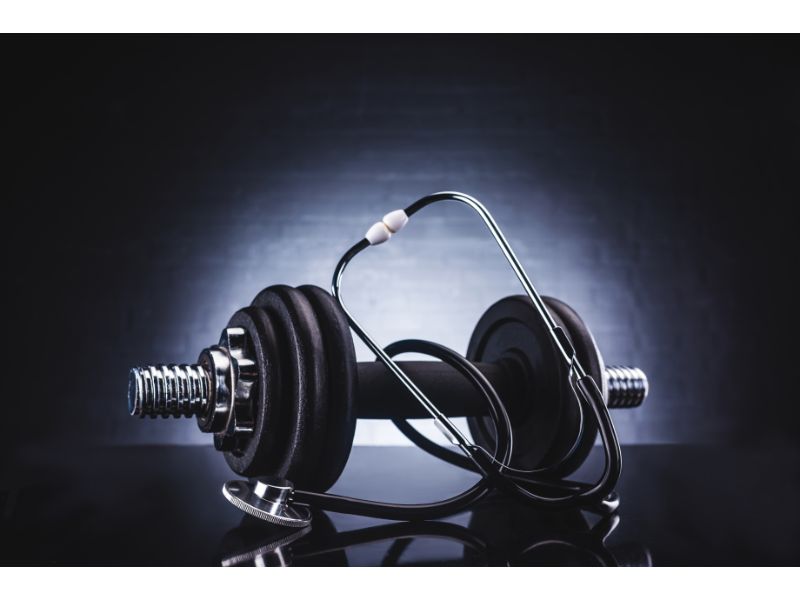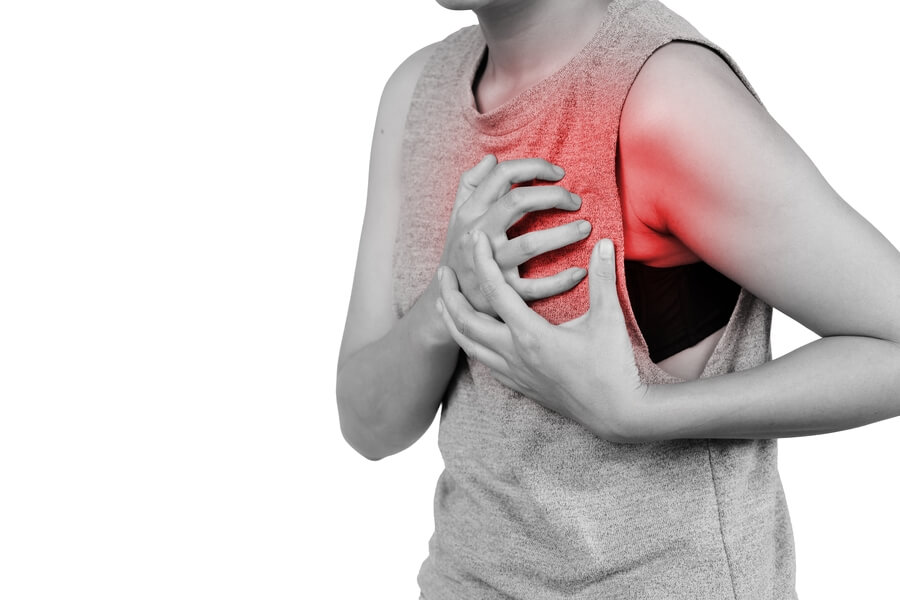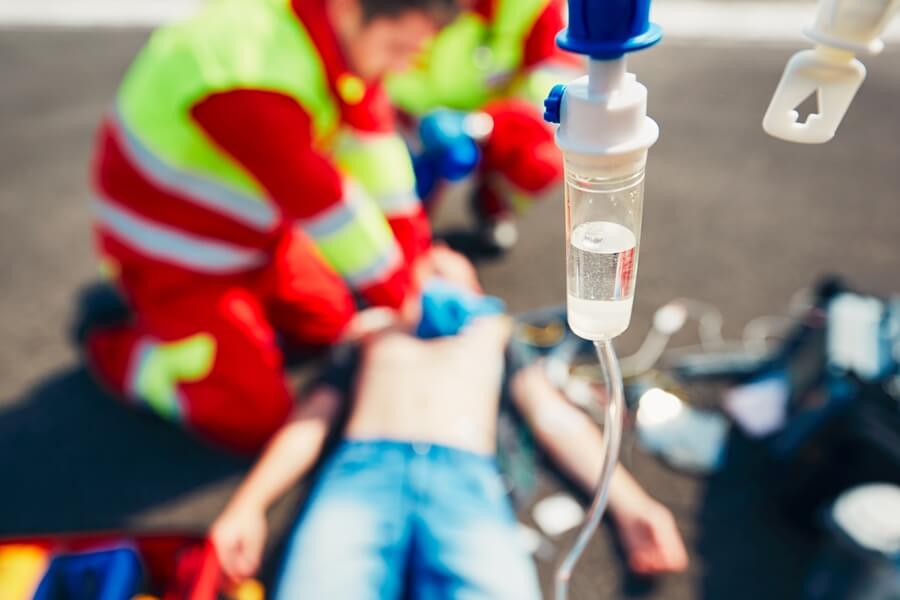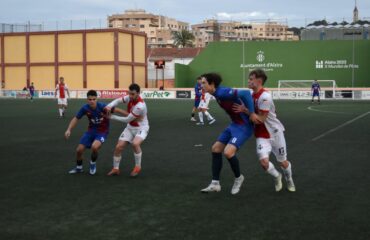FOOTBALL ACADEMY STAFF TRAINED IN CPR (CARDIOPULMONARY RESUSCITATION)
Cardioprotected Sports Facility
Soccer Inter-Action has improved the safety of the football school by becoming a cardio-protected sports facility. For the coming season, defibrillators will be installed on the football pitches.

In order to avoid syncopes of players on the football field, alarming events that can also lead to sudden death due to ventricular fibrillation or tachycardia, the rapid initiation of cardiopulmonary resuscitation is necessary. This, together with the application of automatic defibrillators, has been shown to greatly improve survival in players who suffer syncope.

The International Football Academy in Spain has as one of its main objectives to train its employees in as many areas as possible and this week it was the turn of the all-important Cardiopulmonary Resuscitation.

How do semi-automatic external defibrillators work?
Semi-Automatic External Defibrillators stand out for their ease of use. Two electrodes connected to the device are placed on the patient’s chest. The processor in the device analyses the heart rhythm and determines whether an electric shock is recommended to save the life of the person who has suffered a heart attack. If the shock is recommended, the device itself provides text and voice instructions to instruct the user on how to use the device.

Cardiopulmonary resuscitation training
Important days for the training of its employees are those being experienced by Soccer Inter-Action’s International Football Academy in Spain. Before their well-deserved holidays, the Football Federation of the Valencian Community continues with their training courses and SIA and SIA Academy did not want to miss the opportunity to attend and improve their skills beyond their own sports management for which they stand out.

That is why two of its workers went to the regional headquarters of the Football Federation of the Valencian Community in Alberic to continue growing as trainers of footballers and people, this time focusing on Cardiopulmonary Resuscitation. Cardiopulmonary Resuscitation, known as CPR, is the most important resuscitation technique currently used in the situation of sudden respiratory arrest. With the mission of restoring breathing capacity and the activity of the person’s heart, Cardiopulmonary Resuscitation is based on two simple processes, but they must be carried out correctly, which is why it is advisable to attend frequent training courses to refresh what has been learnt.

These processes are none other than compressions and mouth-to-mouth resuscitation. Compressions, performed on the chest area, are intended to restore cardiac functions, while respirations are intended to provide air to the lungs. The ratio for these movements in adults is 30 compressions for every two mouth-to-mouth breaths, and for the youngest children – weighing between one kilo and 25 kilos – 15 compressions for every two breaths, the latter always being obligatory, as a child’s heart is rarely diseased and the cause of cardiopulmonary arrest is usually due to drowning.

Therefore, in addition to a theoretical part of the course, which was very rich in basic concepts to raise awareness of how to perform CPR correctly, the course also contained a practical part, which is key to knowing how to perform well in the event of a cardiopulmonary arrest situation. For this reason, the Soccer Inter-Action and SIA Academy Valencia-Enguera employees practiced with dummies, both adults and children and infants. In this way, they were able to learn the correct posture of the arms and hands when exercising comprehension and in which exact area the pressure should be applied. In addition, given the importance of CPR being performed as soon as it is noticed that the person is unconscious – they do not listen to touch or voice – and not breathing – i.e. no air is coming out of their mouth or nose – those attending the FFCV course completed several tests in different situations and contexts, one of them with a special and key device: the defibrillator.

The use of the defibrillator is another important step in the chain of survival. This portable electronic device is becoming increasingly important in all establishments due to its functionality. The AED – semi-automatic external defibrillator – is capable of detecting and treating a cardiorespiratory arrest in a matter of seconds, provided it is caused by ventricular fibrillation.

With all this, the Soccer Inter-Action andSIA Academy Valencia-Enguera employees were able to receive full training in a course that is essential for the survival of sportsmen and women in the event of a cardiopulmonary accident. In fact, in society at all levels, it is estimated that the chance of survival of a person increases by 50 to 70 percent if they are treated immediately. In terms of sports, the importance of having workers trained in CPR is paramount, as up to 40 percent of people affected by cardiopulmonary arrest are under 18 years of age.






